The Castel Sant’Angelo in Rome is one of the oldest remaining buildings in Rome. Emperor Hadrian gave the order to build the Hadrian’s Mausoleum, a tomb for his family and himself on a burial ground outside of the antique Rome. A bit further west on the Vatican Hill is supposed to be the tomb of Peter the Apostle. Nowadays, this impressive building is known as the popes’ refuge. Every year, more than a million visitors discover the Castel Sant’Angelo. You can find everything you need to know for your visit to the Castel Sant’Angelo in Rome in this article.
Castel Sant’Angelo Rome: Tips and Information on the Castel Sant’Angelo in Rome
Inside of the Castel Sant’Angelo in Rome one can climb up high: there are 7 floors in total. You can get interesting insights on every floor and enjoy the view above Rome. There is a little bar with a wonderful view onto the Vatican on the middle floor. On the 7th floor you are invited to enjoy a fantastic view onto Rome from high above.
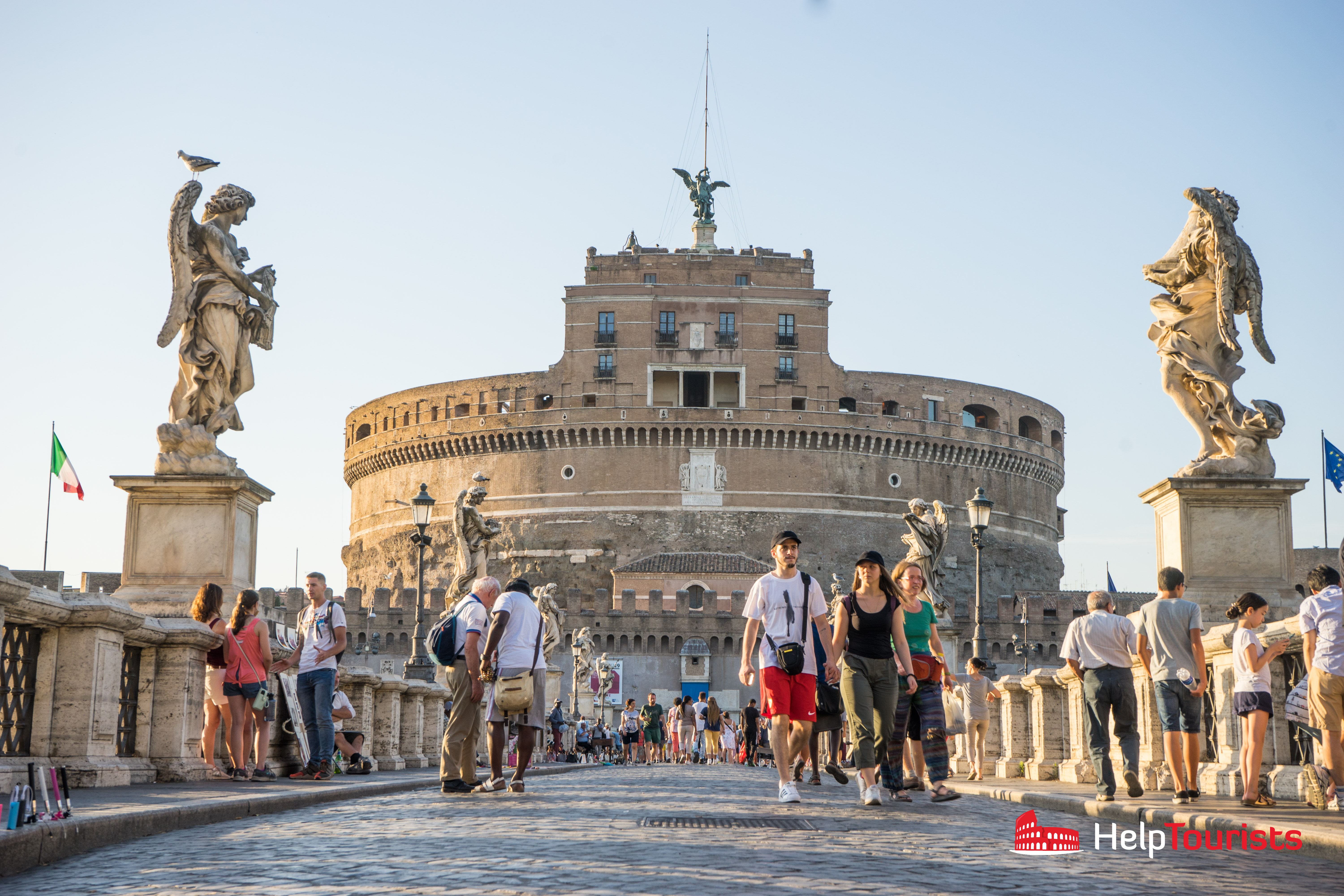
In its changeful history the Castel Sant’Angelo in Rome served as a tomb, a prison, a garrison and as the popes’ refuge. In the Castel Sant’Angelo in Rome visitors can discover Rome’s history from ancient times until today. There are frequent festivities and changing exhibitions.
Admission and opening hours
The Castel Sant’Angelo in Rome opens daily at 9am and closes at 7:30pm. From the 24th of June until the 17th of September the Castel Sant’Angelo opens its doors Thursday to Sunday until midnight! On the 1st of January, the 1st of May and the 25th of December the Castel Sant’Angelo is closed to visitors.
Admission fees
| Adults | Youth (-26, EU) | Children (-18) | Online reservation fee | |
|---|---|---|---|---|
| Admission fees Castel Sant'Angelo Rome | 15 euros | 2 euros | free | 1 euro |
Admission fee to the Castel Sant’Angelo in Rome is 14 euros for adults. There are reduced ticket prices at 7 euros available for EU-citizens aged 18 to 25. Admission is free for children and adolescents that are under 18 years old. The ticket price also includes the admission to the Palazzo Venezia within 3 days of first using your ticket. On the first Sunday of each month the admission to the Castel Sant’Angelo is free for all visitors. Expect long waiting times due to the high number of visitors. The Roma Pass as well as the Omina Card allow you to skip the line and make your way to the entry directly.
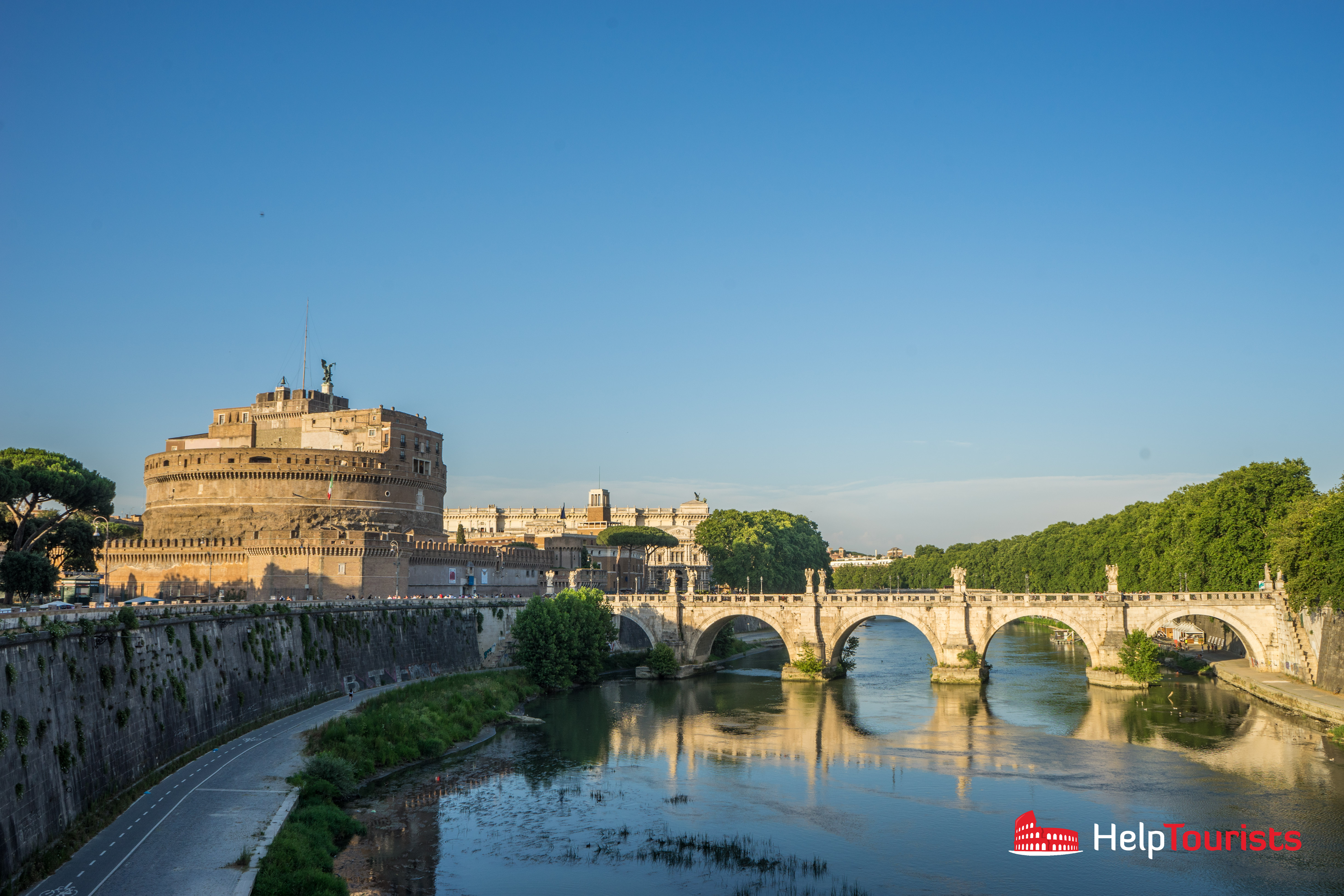
If you wish to purchase skip-the-line-tickets for the Castel Sant’Angelo in Rome, a guided tour or a combined ticket, have a look at:
The Castel Sant’Angelo in Rome offers guided tours for groups of up to 15 people through the popes’ escape routes, the so-called “passetto”, the oil storage, the prisons and Clement VII’s thermal baths. Tours take place daily at 10am and 4pm in English and at 11am and 5pm in Italian. The prices for these tours are 5 euros for adults and 2,50 euros for people eligible to reduced fees.
How to get to the Castel Sant’Angelo in Rome
Coming from the St. Peter’s Basilica you can reach the Castel Sant’Angelo in Rome via the Via della Conciliazione. If you are coming from the Piazza Navona you may best take the Via dei Coronari and the Via di Panico to get to the Sant’Angelo bridge. Starting from the Campo de Fiori you follow the Via dei Cappellari, Via del Pellegrino, Via dei Banchi Vecchi, crossing the Corso Vittorio Emanuele II. and you will reach the Sant’angelo bridge via the Via del Banco di Santo Spirito. The following bus lines will lead you to the Castel Sant’Angelo as well: 23, 34, 40, 46, 62, 64, 98,155, 280, 870, 881 and 916.
The history behind the Castel Sant’Angelo in Rome
Emperor Hadrian started the constructions of the Castel Sant’Angelo in Rome in 125 A.D. The constructions took until 139 A.D. To connect it to the Campus Martius a bridge was built above the Tiber. The mausoleum consisted of a square pedestal on which a cylinder was built. The cylinder was covered by a mound of earth which was throned by a quadriga of bronze showing Emperor Hadrien steering it surrounded by trees and marble statues. And the mausoleum was surrounded by a wall with a gate of bronze decorated with peacocks. Several emperors and their family members are buried inside the mausoleum.
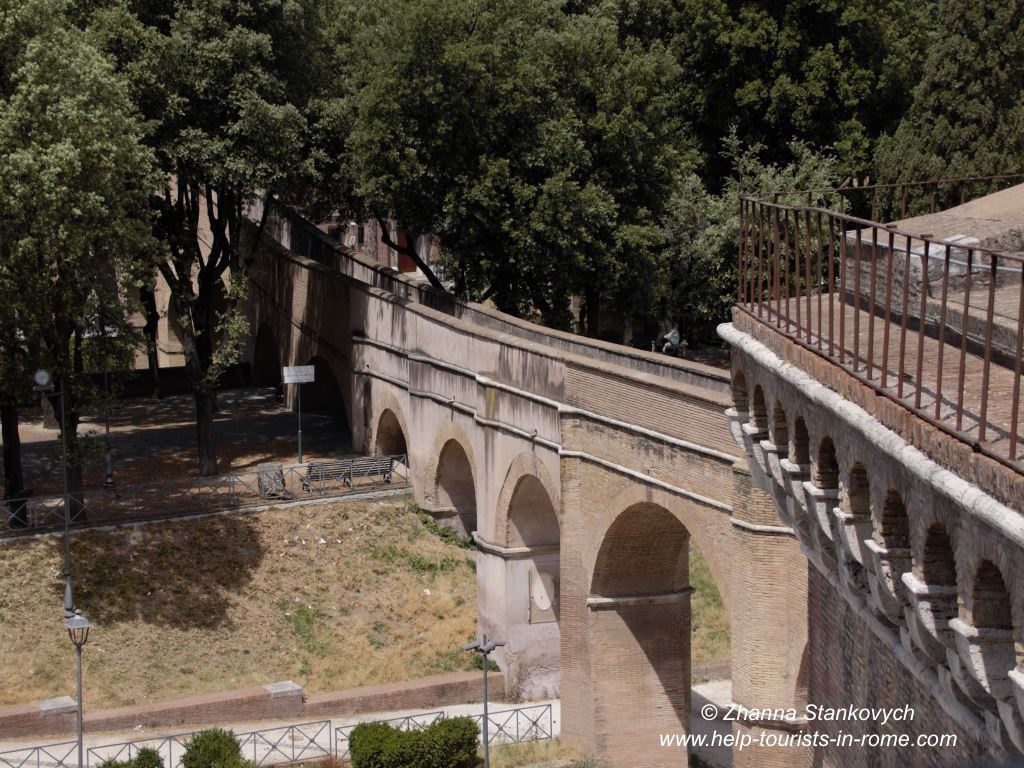
In 403 A.D. the mausoleum was integrated into the Aurelian Wall and transformed into a fortress. From the 6th century on it was also used as a prison. The Castel Sant’Angelo got its name in 590 A.D. when as part of a procession against the pest the archangel Michael appeared to Pope Gregor I. and as a result the pest in Rome stopped. The connecting corridor between the Vatican and the Castel Sant’Angelo was built in 1277. It was also meant as defence at the time. Several Popes chose the fortress as their home and rebuilt it over time. After Italy’s unification the Castel Sant’Angelo served as barracks from 1870 on and later as a museum.
Important information for visiting the Castel Sant’Angelo
The castel Sant’Angelo in Rome offers a free application available for download on smartphones. Via the Castel Sant’Angelo’s free WiFi at the application follows you on your tour through the fortress. The tour is divided into different topics such as the visit of the mausoleum, the fortress and the Pope apartments.
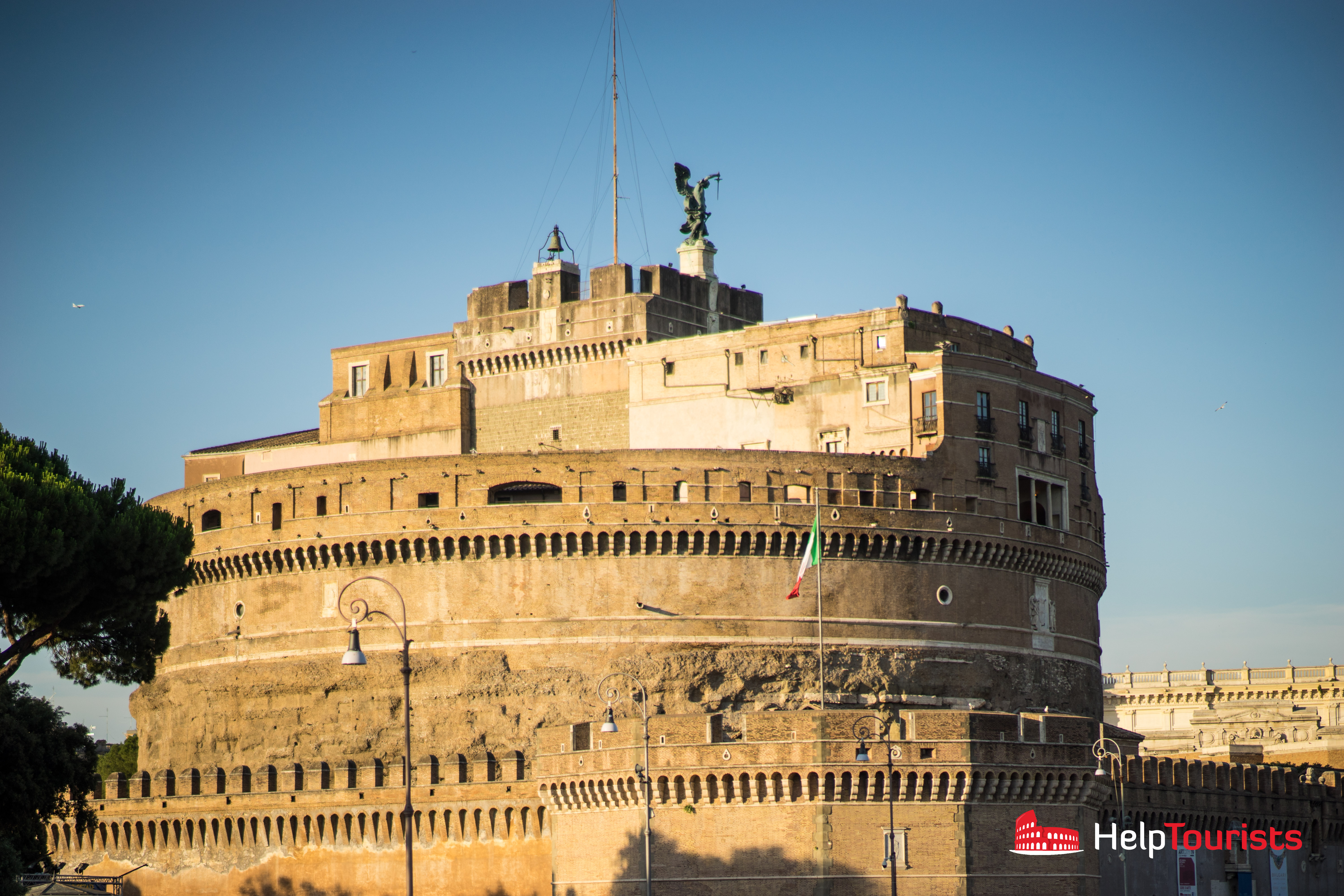
What is left of the mausoleum is visible in the lower parts of the building. Several steps lead down to the Trio Romano where you can have a look at models of the building. Back in the days an impressive statue of the Emperor was located here. A spiral ramp leads upstairs, surrounding the cylinder completely, followed by a ramp cutting diametrically through the cylinder. The ramp leads to the urn hall, the heart of the ancient mausoleum.
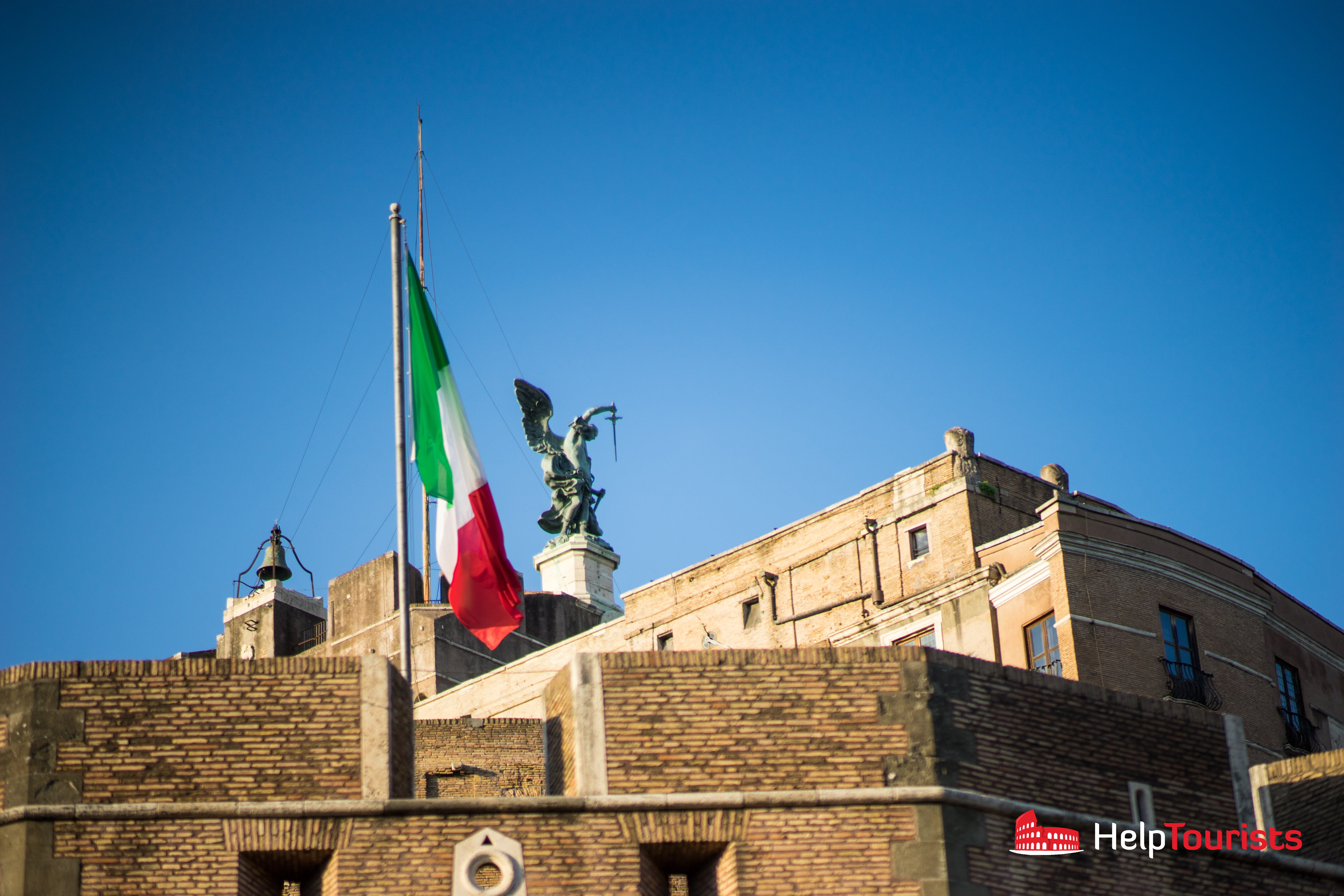
Afterwards your way will lead you inside the fortress with its courtyard, the bastions, the passetto and the oil and corn storage. On the fourth floor’s circuit you will find a cafeteria where you can purchase refreshments and snacks. What follows is the way through the papal apartments up until the terrace on the 7th floor.
Information on the surroundings of the Castel Sant’Angelo, the Sant’Angelo bridge
The Sant’Angelo bridge which was finished in 134 A.D. crosses the Tiber and leads directly to the Castel Sant’Angelo. It was built under Emperor Hadrian who wanted to connect the Mausoleum with the Campus Martius. In the Middle Ages the bridge was attacked several times by German knight because it played an important strategic role. The bridge was also an execution site and often the Popes’ enemies’ heads would be put on spikes as deterrence to others.
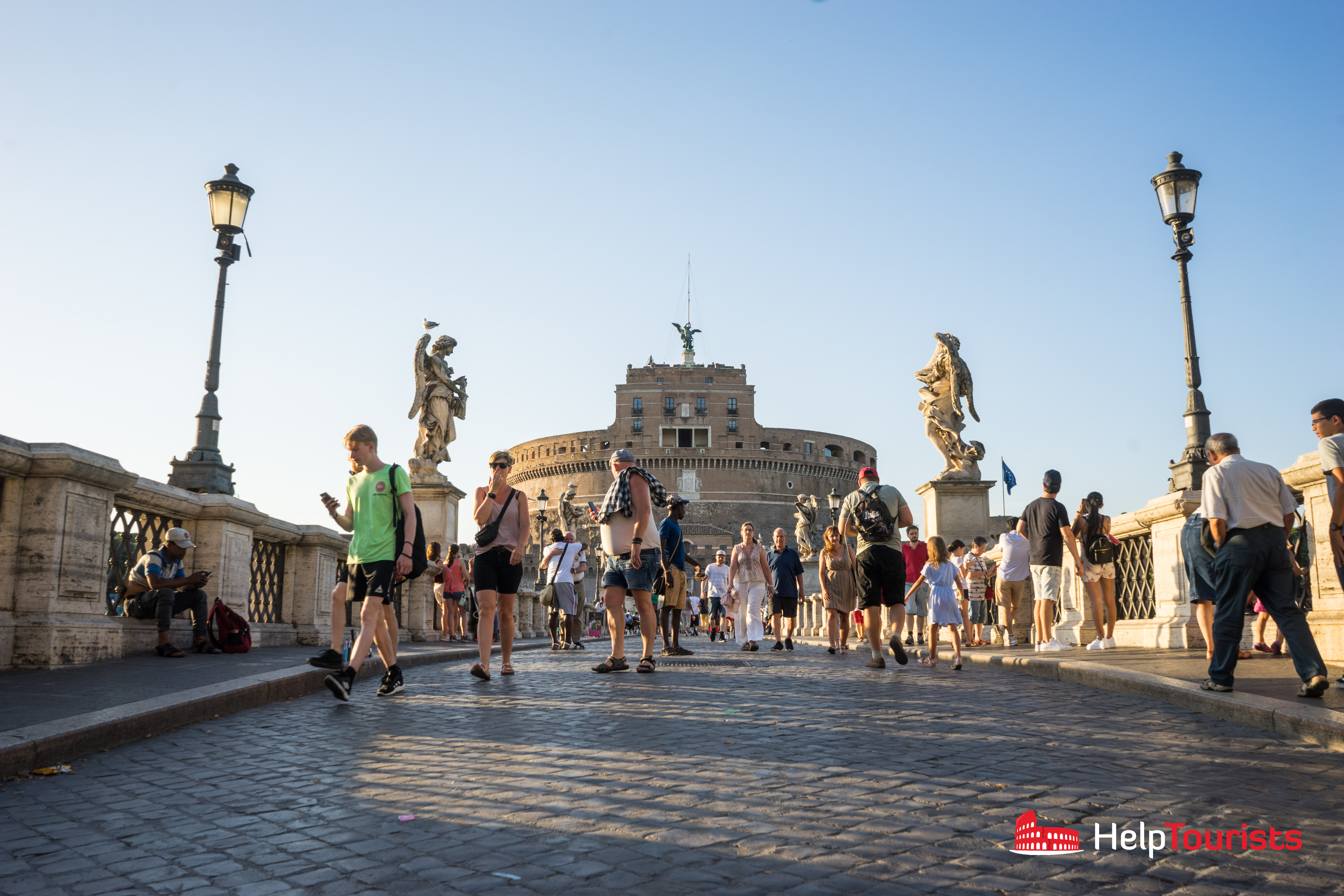
The bridge got its name in the 17th century because on the one hand it leads directly to the Castel Sant’Angelo and on the other hand many statues of angels were raised on it. All the angel statues were created by Bernini, one of the most important Italian sculptors, and his students. Moreover, two statues of the Apostles Peter and Paul flank the bridge. Today the Castel Sant’Angel and the Sant’Angel bridge are very important for the cityscape.
The Borgo, a neighbourhood where the Vatican‘s servant used to live, is located between the Vatican and the castel Sant’Angelo. You can find many charming restaurants and bars here. The Supreme Court is located next to the Castel Sant’Angelo and right behind you can find the Piazza Cavour, a popular meeting point for young people. In only a few minutes you can reach the shopping street Cola di Rienzo.
Down the river, take a walk along the banks of the Tiber in the direction of Ponte Sisto and the Roman quarter of Trastevere. However, the staircase that leads down to the shore at the Angel Bridge is very steep. At the Ponte Vittorio Emanuele II bridge, a comfortable ramp leads down to the Tiber. On the other side of the Sant’Angelo bridge in Rome, you will find the landing stage for a boat trip on the Tiber. Heading straight, you will get to the Campo de’ Fiori. To the left the Via dei Coronari leads to Piazza Navona. There are many antiquaries in the Via dei Coronari, as well as several panini bars. The ice cream parlour Gelateria del Teatro is very popular since you can have a look inside the laboratory and watch how the ice cream is being produced.
Social media
Become part of the HelpTourists community on Facebook! In our private group you can exchange ideas with other Rome lovers. Follow us on Instagram and Pinterest and get regular inspiration and insider tips for your next Rome trip!
Pin information about Castel Sant’Angelo in Rome on Pinterest
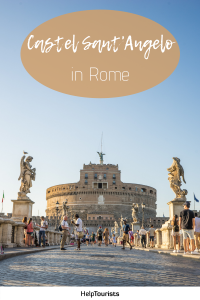
This article contains referral links. There are no additional costs for you, but thanks to these links we get a small commission. This enables us to continue to work diligently on the website and always have the latest information from Rome ready for you. Thank you for your support!








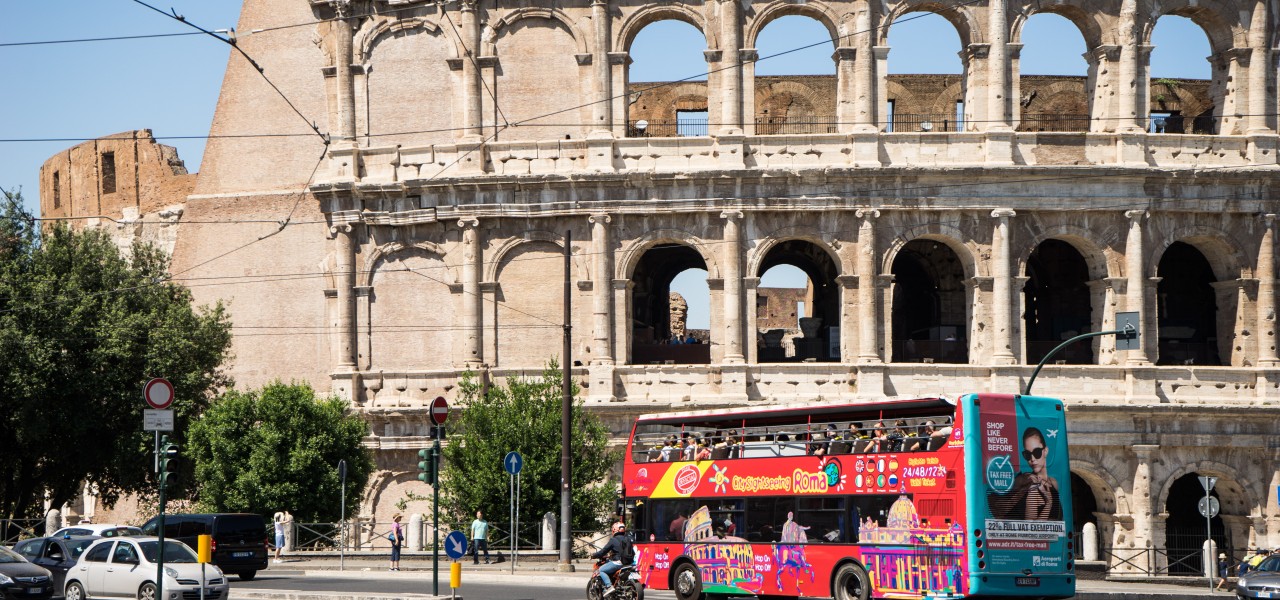
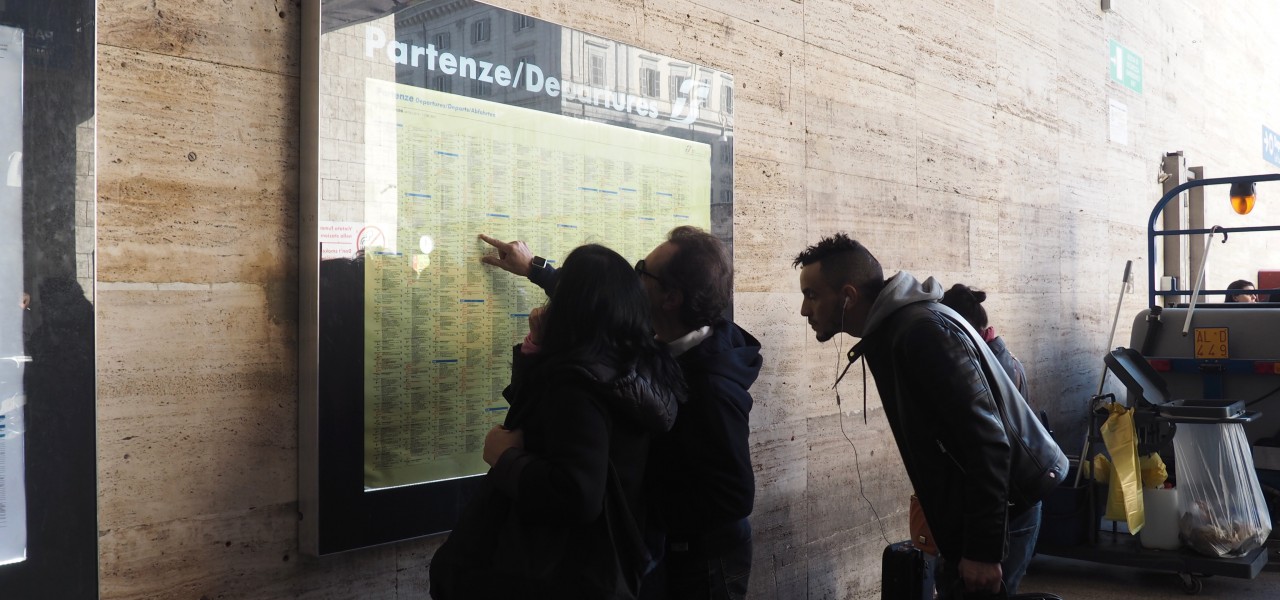
Hi there,
I just purchased 3 tickets for Romapass , so I received three codes. I have been told I need to come touristic office from Castel Sant’Angelo to change for romapass tickets.
We will arrive to Rome next 1st October and we would like to visit the Coliseum next 2sd October, but I am aware we need to book the date in colisseum in advance.
Can I get the Romapass if I send you the codes to ge the romapass to book the visit for Coliseum next 2sd October?
Hi Cesar,
we don’t work for the RomaPass and can’t help you with this problem. I would advise you to contact the Romapasse’s service.
Kind regards,
Solène